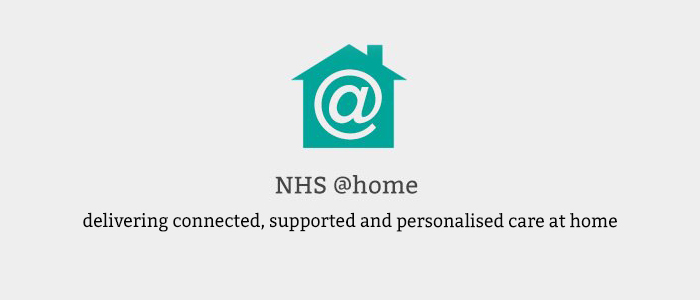Health Education England elearning for healthcare (HEE elfh) has worked in partnership with other NHS organisations, the West of England Academic Health Science Network, the Wessex Local Medical Committee and the TEL programme simulation and immersive technology team, to develop 2 free elearning resources to support detection of early deterioration of patients with COVID-19.
The NHS @home elearning programme consists of the COVID-19 Oximetry @home and COVID-19 Virtual Wards pathways, offering elearning resources to enable people to be confidently monitored in community settings such as care homes.
New COVID Oximetry module
The NHS @home elearning programme provides an overview of pulse oximetry and explains how to monitor oxygen levels at home or in a care home setting.
It is designed to be used alongside the NHS pulse oximetry documents.
People at high risk of becoming seriously unwell from Coronavirus are being provided with a pulse oximeter to monitor the oxygen levels in their blood at home for up to 14 days. This includes people who are clinically extremely vulnerable to coronavirus and includes people living in care homes.
A pulse oximeter is a small medical device that is put on the tip of the finger. By regularly monitoring oxygen levels it can be easier to spot if Coronavirus symptoms are getting worse and whether people need treatment or support.
People with COVID-19 may become very unwell if their oxygen levels fall too far. This elearning provides an overview of pulse oximetry for carers, including how to take the measurements and how to tell others if they are worried.
More information, including access details, is available on the programme page.
New NHS COVID Virtual Wards elearning module
The new COVID Virtual Wards (CVWs) elearning module has been developed to support the non-registered workforce with monitoring of patients on CVWs in community settings.
The COVID Virtual Ward – introduction to monitoring elearning resource explains who the patients are, how they are admitted, why monitoring is important, their role in monitoring, further considerations are also explored. It is designed to be used alongside call scripts.
It is likely that systems will adopt their own approach in terms of delivery of care and as such this learning should be used in conjunction with local training and policies.
More information, including access details, is available on the NHS @home programme page.



Comments are closed.